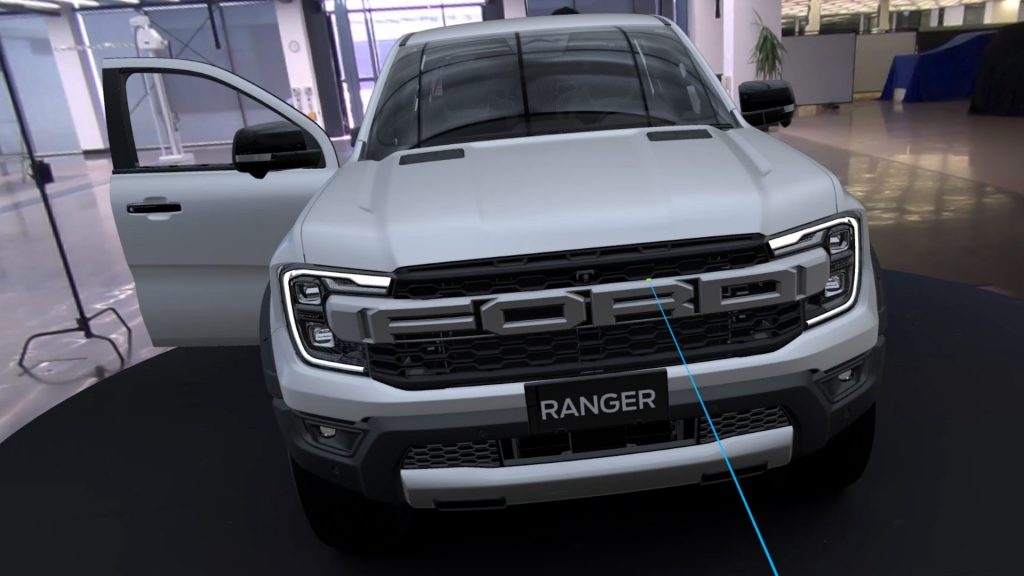Ford’s T6 series platform has truly become the brand’s global car of the 2020s.
Everest and Ranger are built on the advanced T6.1 series ladder frame platform and sold in diverse markets. These models are more ‘global’ in the truest sense than any of Ford’s other vehicles.
No ad to show here.
F-150 might remain Ford’s most iconic single-model line, but the Ranger is unquestionably its most impactful global model range. Creating and updating a genuinely global product requires responsive specialists’ inputs from all markets – and that’s challenging when you account for time zones.
Ranger – reimagined
Melbourne is the centre of excellence for all Ford’s T6.1 vehicles and their R&D. It’s where designers and engineers create the Everest and Ranger, refining the overall design concept and exacting each engineering detail.
But how do markets like the US, Europe and Africa become part of the process without creating a lag in the development trajectory?
It’s all about using spatial computing and distributed digital services. Cloud computing has been profoundly influential in satisfying on-demand processing speeds and technology deployment, for globally distributed design and engineering teams.
Doing more without moving people
Although cloud servers and software architectures can help global teams collaborate and access real-time version control, there’s nothing quite like being in the same room and evaluating the same component or vehicle silhouette.
Flying global product specialists to Melbourne for each fractional product iteration or component selection is unviable. But Ford’s Everest and Ranger R&D teams have made that happen, using virtual reality and the latest in spatial computing.
As sensors, optics, and rendering microprocessors have advanced, virtual headsets have enabled global teams to ‘meet’ in a virtual design studio. And evaluate the same vehicle design or component integration.
The ‘new’ reality
“It’s at the stage where you’re walking around the vehicle wearing the headset and, when you remove the goggles, it takes a moment to readjust to the fact the vehicle is no longer there,” said Andrew Dallan-Jones, visualisation manager, Ford Design in Australia.
“We now have the capability to review the virtual vehicle in our familiar studio environment before committing to making a physical prototype, which helps speed up the design process and reduce changes.”
A significant breakthrough allowing spatial computing and virtual headsets to function intuitively in car design, has been sensor fusion.
For decades, time invested was graded as a marker of quality R&D. However, with virtual reality technologies, companies like Ford are proving that working smarter, not longer, can deliver the same quality of vehicle R&D, in much less time.
